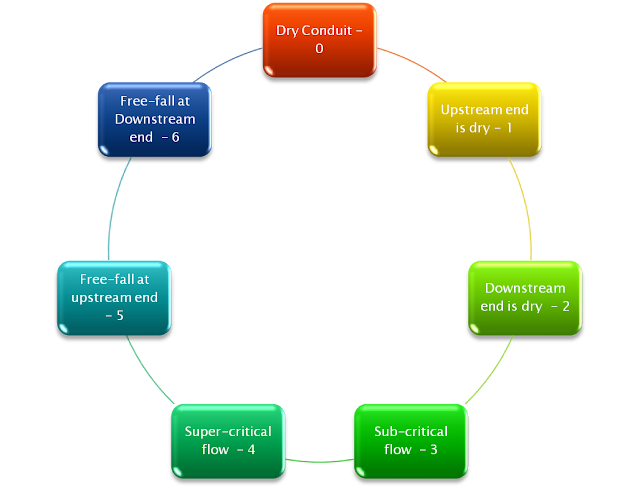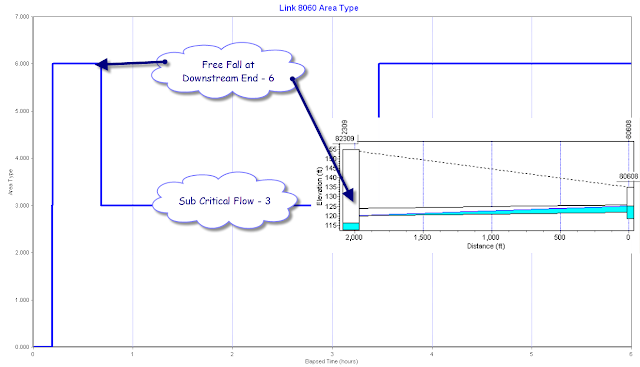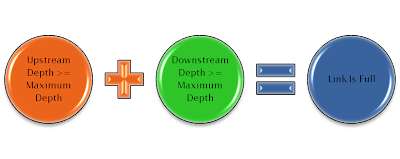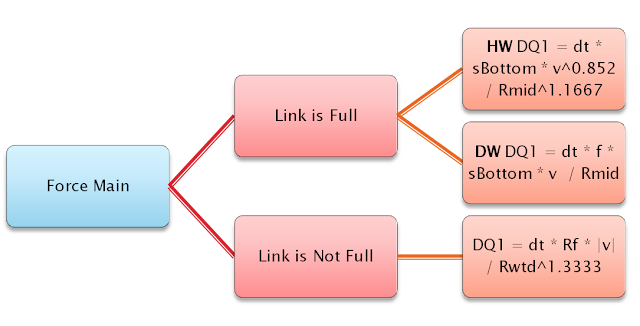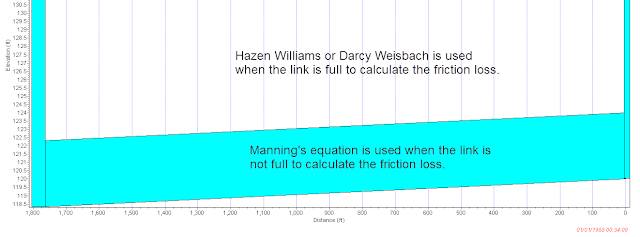The first x-ray images of a lightning strike have been captured by a, well, lightning-fast camera, scientists say. The pictures suggest a lightning bolt carries all its x-ray radiation in its tip. (Get lightning facts.)
During recent thunderstorms in Camp Blanding, Florida, the camera's electronic shutter "froze" a lightning bolt—artificially triggered by rockets and wires—as it sped toward the ground at one-sixth the speed of light.
"Something moving this fast would go from the Earth to the moon in less than ten seconds," said Joseph Dwyer, a lightning researcher at the Florida Institute of Technology in Melbourne.
Scientists have known for several years that lightning emits radiation, said Dwyer, who revealed the photos at an annual meeting of the American Geophysical Union in San Francisco earlier this month.
But until now scientists didn't have the technology to take x-ray images quickly enough to see where the radiation comes from, he said.
(Read "New Lightning Type Found Over Volcano?")
Lightning Imaged by 1,500-Pound Camera
Making a camera capable of taking such quick images was an achievement in and of itself, Dwyer emphasized.
"You can't just go buy a camera and point it at lightning," he said. "We had to make it."
The resulting 1,500-pound (680-kilogram) camera—created by Dwyer's graduate student Meagan Schaal—consists of an x-ray detector housed in a box about the size and shape of a refrigerator. The box is lined with lead to shield the x-ray detector from stray radiation.
X-rays enter the box through a small hole that in turn focuses them, like an old-fashioned pinhole camera.
Speedy Trade-Off: Less Data Space
Because lightning moves blindingly fast, the camera was required to take ten million images per second. (Interactive: Make your own lightning strike.)
One challenge in taking such fast pictures is storing the data. To do so, the x-ray detector had to take pictures at a relatively low resolution of 30 pixels, which produced images on a crude, hexagonal grid—as shown in the chart below.

A chart shows x-ray observations of a lightning discharge.
Diagram courtesy Joseph Dwyer
Even so, the resolution was sharp enough to reveal a bright ball of x-rays at the head of the bolt, with almost no lingering radiation along the bolt's trail.
"Almost all the x-rays are from the tip," Dwyer said. "We see the x-ray source descending with the lightning at up to one-sixth the speed of light."
Triggered Lightning Effective
The lightning bolts were triggered by launching small rockets into the thunderstorms. (See "Volcanic Lightning Sparked by 'Dirty Thunderstorms,' Study Finds.")
The rockets trailed wires behind them to direct the lightning through the camera's field of view.
Artificially triggering the lightning strike likely didn't alter the natural workings of the thunderstorm, Dwyer noted.
And, he said, "the advantage of triggered lightning is that we can repeat it."



